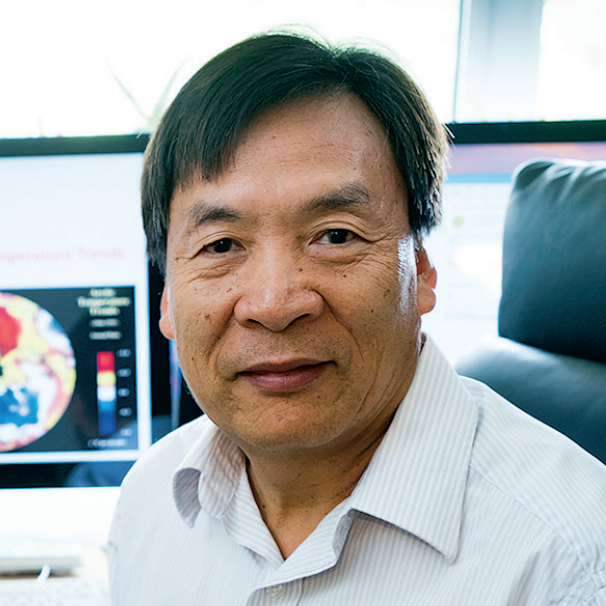Project Abstract
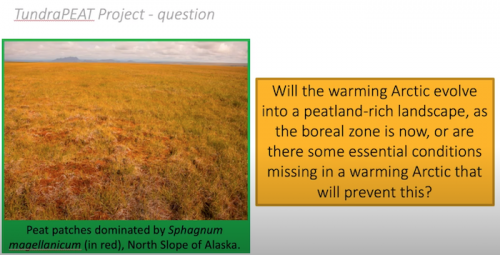 Amplified Arctic warming in recent decades has caused a multitude of changes in terrestrial ecosystems that have potential for strong feedbacks to the global system. Arctic vegetation greening may not necessarily result in increases in carbon sequestration in Arctic tundra due to complex and uncertain soil processes. Arctic tundra tends to have a thicker organic soil horizon (peat) than most other zonal biomes; research shows that peatlands comprise a sustained carbon sink. If shallow peatlands are widespread throughout the Arctic, the overall net carbon storage capacity of tundra might be underestimated globally. However, the factors controlling the formation, distribution, and dynamics of these peat patches across the Arctic are not well understood. The overall goal of the project is to understand organic soil (peat) accumulation processes in the tundra biome and to assess the role of peat in regional and pan-Arctic carbon budgets at decadal and centennial timescales. The project will examine potential peat migration/expansion frontiers in a warming Arctic and their significance in the regional and pan-Arctic carbon cycle. The project will train undergraduates, graduate students, and postdocs from diverse socio-economic and cultural backgrounds in both data analysis and modeling. The public education and outreach program includes STEM activities involving middle and high school students and a symposium on Arctic environments. The understanding of environmental conditions and processes that control the formation and northward migrations of the green peat frontier will inform Arctic stakeholders in their use of natural resources.
Amplified Arctic warming in recent decades has caused a multitude of changes in terrestrial ecosystems that have potential for strong feedbacks to the global system. Arctic vegetation greening may not necessarily result in increases in carbon sequestration in Arctic tundra due to complex and uncertain soil processes. Arctic tundra tends to have a thicker organic soil horizon (peat) than most other zonal biomes; research shows that peatlands comprise a sustained carbon sink. If shallow peatlands are widespread throughout the Arctic, the overall net carbon storage capacity of tundra might be underestimated globally. However, the factors controlling the formation, distribution, and dynamics of these peat patches across the Arctic are not well understood. The overall goal of the project is to understand organic soil (peat) accumulation processes in the tundra biome and to assess the role of peat in regional and pan-Arctic carbon budgets at decadal and centennial timescales. The project will examine potential peat migration/expansion frontiers in a warming Arctic and their significance in the regional and pan-Arctic carbon cycle. The project will train undergraduates, graduate students, and postdocs from diverse socio-economic and cultural backgrounds in both data analysis and modeling. The public education and outreach program includes STEM activities involving middle and high school students and a symposium on Arctic environments. The understanding of environmental conditions and processes that control the formation and northward migrations of the green peat frontier will inform Arctic stakeholders in their use of natural resources.
This multidisciplinary research team of researchers will integrate: (1) new data collection from multiple tundra sites along the northernmost peat-forming frontiers of the North American Arctic, together with (2) laboratory incubation experiments, (3) a synthesis of existing data from the tundra and boreal biomes, and (4) ecosystem-scale process model simulations. The overarching question is: will the warming Arctic transform into a peat-rich landscape, as the boreal zone is now, or are there essential conditions lacking in a warming Arctic that will prevent this? To address this broad question, the research focuses on two key elements of the Arctic peat-forming ecosystems: peat patches, and the role of Sphagnum in the formation, persistence, and rapid rates of carbon sequestration of these potentially incipient peatlands. Using observational, experimental, and modeling results, along with synthesis products from a coordinated international research network, the research team will test hypotheses on: (1) the ages, carbon accumulation rates, and continental pattern of these rapidly forming and migrating peat patches; (2) the various responses of production and decomposition processes to temperature and moisture change; and (3) the role of Sphagnum in modifying microclimate and shifting balance between their productivity and decomposability.
Logistics Summary
This collaboration between Yu (1802810, LEAD, Lehigh), Frolking (1802825, UNH), Loisel (1802838, TAMU), Zhuang (1802832, Purdue) and Camill (1802732, Bowdoin) will study peat patches in Arctic tundra landscapes. Researchers will study sites on the North Slope of Alaska, north-central Arctic Canada (Victoria Island and vicinities), and the North Atlantic (Baffin Island, Canada). They will collect about 10 soil cores at each of the tundra peat patch sites selected. In 2019 a team of three will visit field sites on the North Slope, AK and Victoria Island, Canada. In 2021 they will visit locations at the last site of Iqaluit, Baffin Island while the subsequent years will not have field work but will consist of laboratory analysis of samples and modeling. For the collaborative field work, Dr. Yu will lead the Alaskan effort (Toolik, Prudhoe Bay, Imnavait Creek), Dr. Loisel the Victorian Island effort (Cambridge Bay), and Dr. Camill the Baffin Island effort (Iqaluit). For their work in Alaska, a team of researchers will drive from Fairbanks to Toolik Field Station and spend approximately three weeks conducting field work out of Toolik Field Station and Prudhoe Bay. While at Toolik they will access sites near Kikiktat Mountain via the Toolik helicopter. For their work on Victoria Island, a team of four researchers will base at Canadian High Arctic Research Station (CHARS) in early July. The team will conduct fieldwork locally at the Greiner Lake Experimental and Reference Area. They will also conduct fixed-wing supported fieldwork near Hadley Bay, and west of the Queen Maud Bird Sanctuary.
Season Field Site
2019 Alaska - Imnavait Creek
2019 Alaska - Prudhoe Bay
2019 Alaska - Toolik
2019 Canada - Cambridge Bay, Victoria Island
2021 Canada - Iqaluit, Baffin Island
Keywords
greening, carbon cycling, soil, recent warming, Toolik, Alaska, Cambridge Bay, Baffin, Canada.
Project Location
Dates
-Location
Imnavait Creek, AK; Toolik, AK; Baffin Island, Canada; Cambridge Bay, CanadaMembers
Principal Investigator
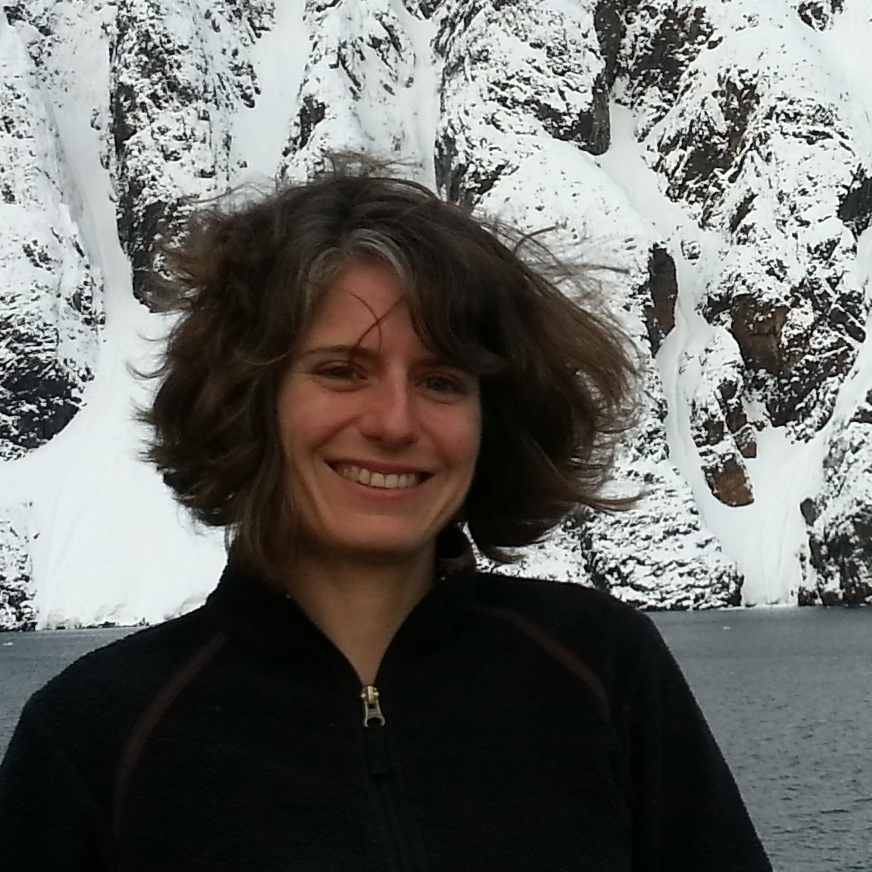
Principal Investigator
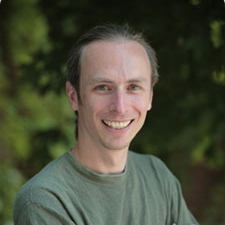
Principal Investigator
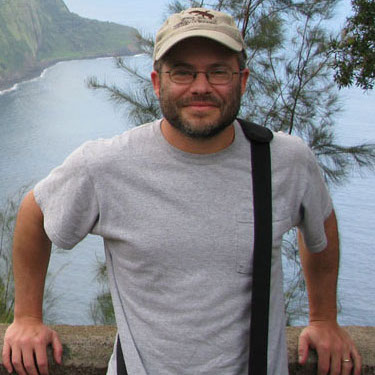
Principal Investigator
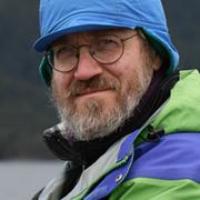
Principal Investigator
